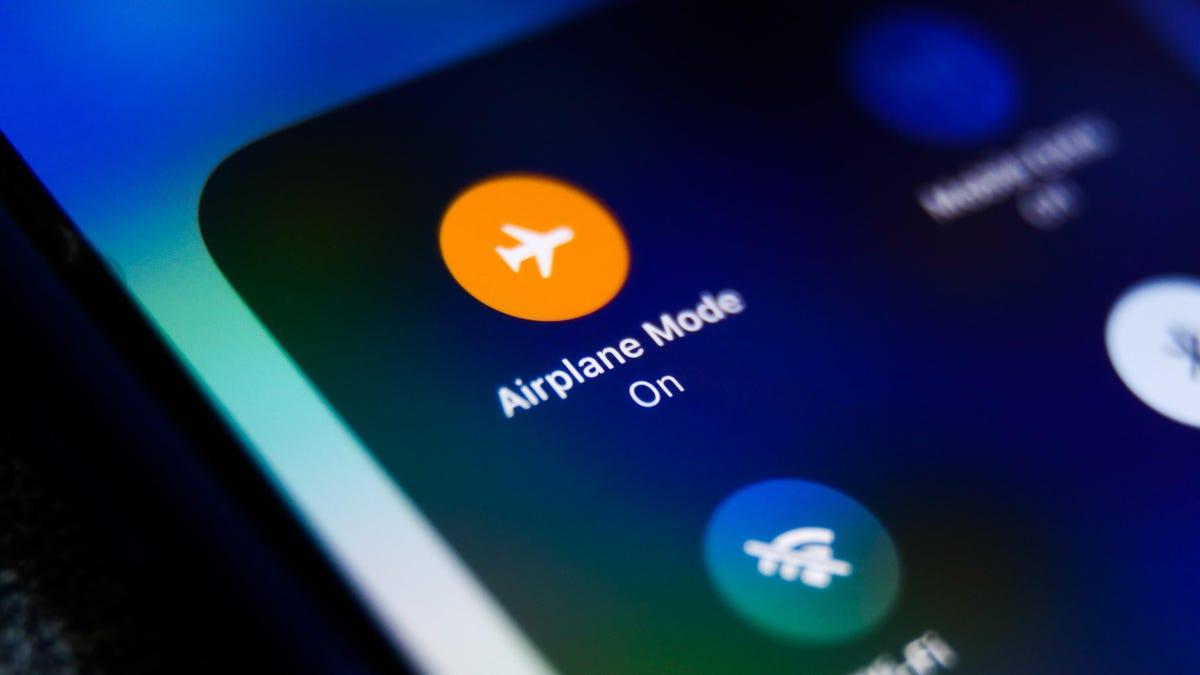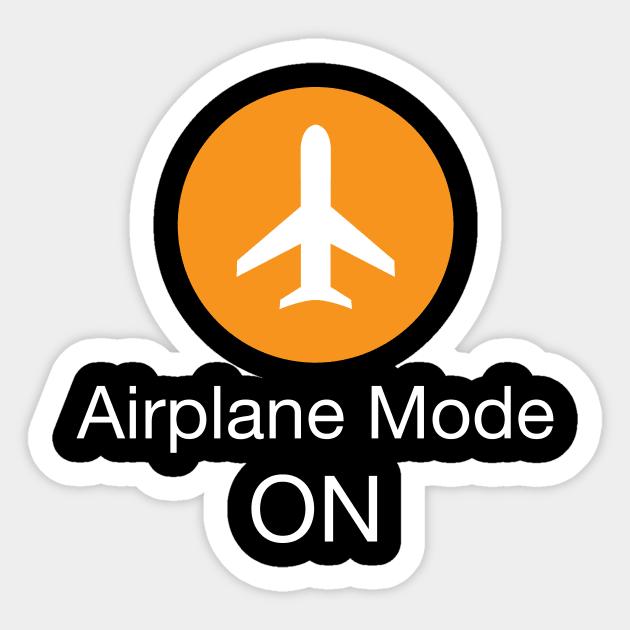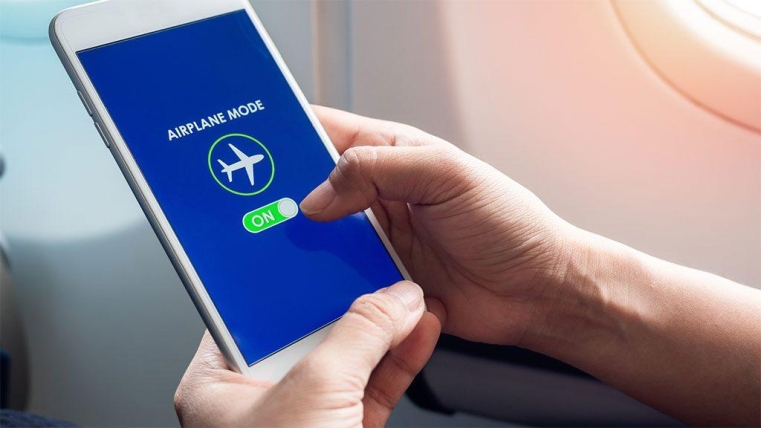The Science Behind Airplane Mode and Flight Safety
When an aircraft soars into the skies, the intricacies of technology and communication become amplified. Switching on airplane mode is not merely a regulatory requirement; it serves multiple crucial functions that ensure the flight remains safe and smooth. In essence, when your device is in this mode, it stops transmitting signals, preventing interference with the aircraft’s navigational systems. The concern primarily revolves around the electromagnetic signals that our devices emit, which can potentially disrupt sensitive instruments on board, especially during critical phases like takeoff and landing.
Moreover, activating airplane mode contributes to the overall well-being of the passengers and crew. By limiting signal competition, we enable a calmer cabin environment, reducing distractions that can affect situational awareness. This is especially pertinent in emergencies where clear communication is imperative. The benefits of airplane mode extend beyond merely adhering to regulations; they encompass a broader commitment to safety and a streamlined flying experience. Understanding these dynamics encourages passengers to embrace this simple action wholeheartedly, recognizing it as a part of the essential protocols that prioritize flight safety.

Understanding the Impact of Signals on Avionics
When you board an aircraft, it’s not just about ensuring a comfortable journey; it’s also about the intricate interplay between electronic devices and the sophisticated avionics systems that navigate and control the plane. Avionics encompass everything from communication systems to navigation technologies, making them critical for flight safety and efficiency. The electromagnetic signals emitted by personal electronic devices can interfere with these vital systems, potentially leading to disruptions that could compromise flight operations. While modern aircraft are designed to be resilient, the collective impact of numerous devices operating simultaneously can create an unforeseen challenge.
Airplane mode serves as a simple yet effective solution to mitigate this risk. By disabling wireless transmissions, you can significantly reduce the number of signals in the aircraft’s environment. Here are the main reasons to comply with this guideline:
- Minimized Electronic Interference: Reducing the amount of electronic noise helps maintain the clarity and functionality of critical systems.
- Enhanced Communication: Flight crews rely on undisturbed communication tools to ensure safety and coordinate operations seamlessly.
- Regulatory Compliance: Adhering to airline policies is crucial for maintaining air travel safety and establishing best practices in the aviation industry.

Enhancing Personal Device Performance During Flights
Turning on airplane mode does more than comply with airline regulations; it significantly improves the performance of your personal devices during flights. When your gadget is in regular mode, it constantly pings cellular networks for a signal, which drains battery life considerably and can slow down processing speed. By switching to airplane mode, you’re effectively disabling these power-hungry features, allowing your device to devote resources to tasks that matter, such as playing downloaded content or engaging with offline apps.
Moreover, airplane mode can enhance your surfing experience on in-flight Wi-Fi services. With fewer background applications trying to connect or update, your device can focus solely on maintaining a stable connection with available networks. This results in a smoother experience when you’re browsing the web or streaming videos. Key benefits include:
- Extended battery life: Save precious battery power for the duration of the flight.
- Improved processing speed: Tasks are prioritized, leading to a more responsive device.
- Simplified connectivity: Minimized distractions from notifications and updates.

Best Practices for Travelers: Maximizing Airplane Mode Benefits
Travelers can enhance their flying experience by understanding and utilizing the benefits of airplane mode beyond just compliance with airline regulations. By switching your device to airplane mode, you not only prevent signal interference that could affect navigation and communication systems, but you also create a more peaceful environment for yourself and fellow passengers. This setting allows you to take full advantage of the flight’s downtime, which can be used for a variety of productive or leisurely activities. Here are a few ways to make the most of your device while in airplane mode:
- Download Content Ahead of Time: Prior to your flight, download movies, music, or eBooks to enjoy offline. This ensures you have entertainment readily available without needing an internet connection.
- Focus on Planning: Use the uninterrupted time to plan your itinerary or organize travel photos. Airplane mode prevents notifications from distractions, allowing for more focused attention.
- Engage in Creative Work: Write, sketch, or brainstorm ideas for your next project without the temptation of digital interruptions. This can lead to more fulfilling use of your time in the sky.
Additionally, taking advantage of airplane mode can help conserve your device’s battery, ensuring it lasts longer throughout your travels. This is particularly important during long flights or layovers when access to a charger may be limited. To maximize battery life, consider the following practices while in airplane mode:
- Adjust Brightness: Lowering screen brightness can significantly reduce power consumption.
- Close Background Apps: Ensure that apps running in the background are closed to prevent any unnecessary battery drainage.
- Schedule Downloads: Use apps that allow you to queue downloads for when you regain Wi-Fi, helping to optimize your device’s performance.
activating airplane mode during flights is not merely a regulatory requirement, but a crucial step in ensuring both personal connectivity and the safety of all passengers on board. By minimizing interference with aircraft communication systems, travelers contribute to a smoother and more secure flying experience. As technology evolves and air travel becomes even more integrated with digital innovations, understanding the rationale behind these guidelines will empower passengers to make informed choices. Next time you board a plane, remember that switching on airplane mode is not just about disconnecting—it’s about fostering a safer journey for everyone.





